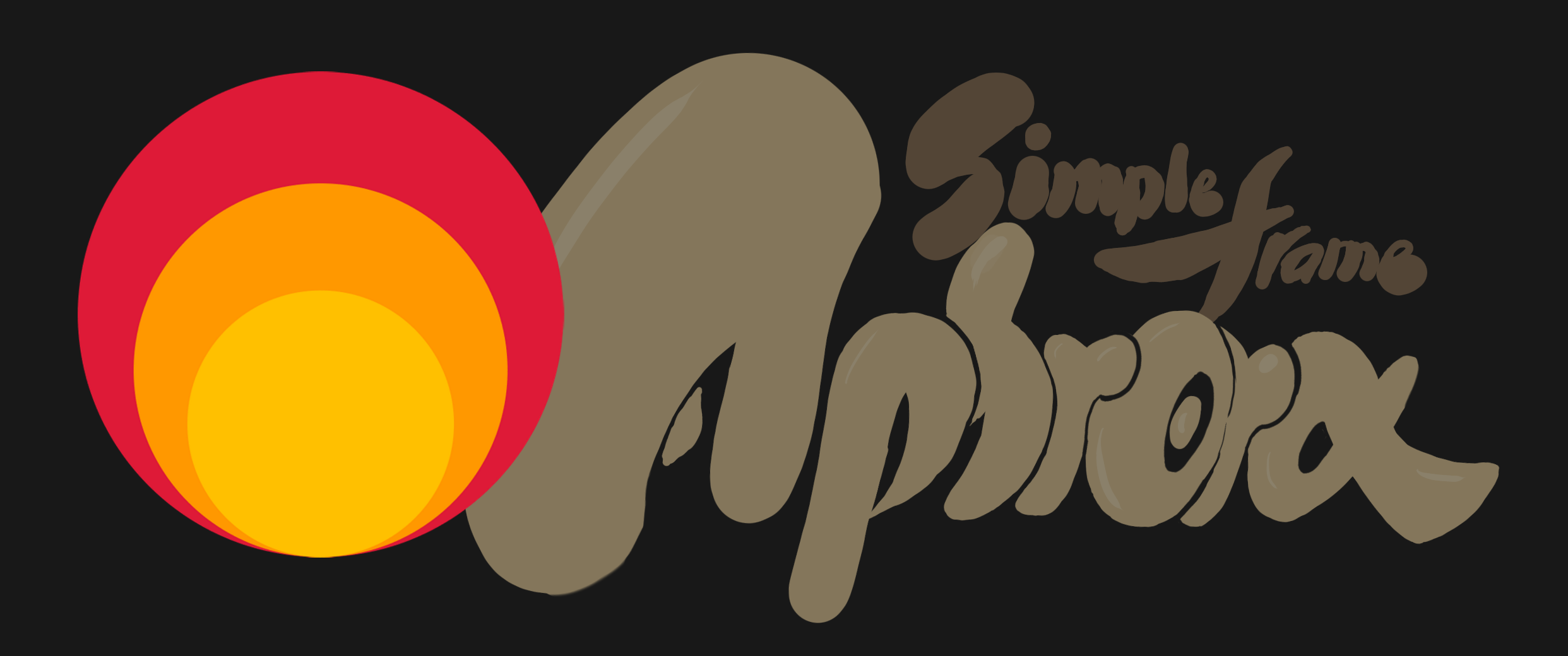Aphrora

Aphrora
README.md for version 0.2.0
Read in other language:
-
Chinese(Simplified): 中文(简体) (翻译尚未完成 unfinished…)
Brief Introduciton
Aphrora is a simple server frame developed with Rust Programming Language.
It is just a toy server which is not powerful enough to build real web server, but it is convenient to use, especially for beginners to Rust. With aphrora imported, you can establish a simple server with only a closure of how to handle the requests, and it will automatically show the homepage in your browser.
Aphrora is not only a solution to build up a simple browser, you can also use it to create a GUI for your Rust application with webpages and http communication.
How to use
Following are examples about how to use this frame.
Hello World
First you need to add aphrora to your Cargo.toml dependencies:
# file: Cargo.toml
# -- snip --
[dependencies]
aphrora = "0.2.0"
After cargo build, you can use aphrora as a model in your application.
Here is an example about how to use it:
use aphrora::http::{Request, Response, RequestMethod, ResponseStatus};
use aphrora::run_server;
fn main() {
run_server(|request| {
println!("view of request: {}", request.view);
Response{
status: ResponseStatus::OK,
message: String::from("hello"),
}
});
}
aphrora::http is a model contains some basic structs and enums. You can use them to deal with Response and Request as object, rather than String.
When launching the server, you only need to call the run_server() function with a closure as the example showed. There will be a http::Request object which contains structured informations in the http request, and your code are supposed to return a http::Response object.
Here in that example, as the code, when you visit any view, it will return a hello into your browser, as you can see a line of hello in which webpage in your browser. You can also replace the hello with a string read from a example.html file, and then it will return show the file in the browser webpage.
There must be various functions in a server, so you are supposed to use something like match expression to deal with that. You can match the view property of the Request and then call some function to deal with it.
Enable files
Since version 0.2.0, this frame provides file.rs module, which makes it more convenient to approach files. By calling aphrora::file::try_under_root(), you can try reading from files under a certain root path.
use aphrora::{
http::Response,
run_server,
file::try_under_root,
};
const ROOT_PATH: &str = "d:/you/can/also/use/relative/path";
fn main() {
run_server(|request| {
match request.view_str() {
// means might be sth error here.
"" => Response::void_404(),
"/" => {
match try_under_root(ROOT_PATH, "/index.html") {
Option::None => Response::void_404(),
Option::Some(file_string) => Response::ok(
file_string
),
}
},
_ => {
match try_under_root(ROOT_PATH, request.view_str()) {
Option::None => Response::void_404(),
Option::Some(file_string) => Response::ok(
file_string
),
}
}
}
});
}
These code will enable you to visit local pages (files) in browser.
/ is where the homepage or index-page locate, and this file::try_under_root() function is usually called in _ branch of the match expression.
About Structures
Here are some of the source code in aphrora::http, with which you can have a better understand among the data structure.
pub struct Request {
pub method: RequestMethod,
pub view: String,
pub message: String,
}
pub enum RequestMethod {
GET,
POST,
Unsupported,
}
pub struct Response {
pub status: ResponseStatus,
pub message: String,
}
pub enum ResponseStatus {
OK,
NotFound,
Forbidden,
InternalServerError,
}
As unfinished and under development, this crate is not available for full HTTP support yet. But it is available for many common utils with only those structures.
So have fun enjoy it, and this project is still under development, it will become more and more powerful gradually.
Setting up Goals (versions incoming)
version 0.2.1
-
better support for file access and forbidden.
-
better documentation (
rustdoc). -
add more commonly used methods in
http.rs.
version 0.3.x
-
configuration system:
config.rs-
config default port and prefer port
-
config homepage (index page) path
-
Release Note
version 0.2.0
-
support for getting file.
-
improve
http.rswith several commonly used methods. -
add more docs (however, still not enough)
version 0.1.1
-
add basic comments to make developer more convenient.
-
init international support frame.
-
start Chinese(Simplified) translation.
version 0.1.0
-
build up basic structure.
-
init basic structure and available to use.